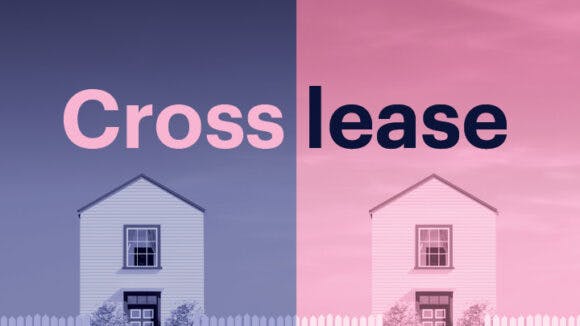
Property Types
What is a cross lease? Pros and cons
Learn what a cross-lease property is, and what you need to know before buying or selling one – to ensure you don’t trip on commonly found issues.
Property Types
9 min read
Author: Laine Moger
Journalist and Property Educator with six years of experience, holds a Bachelor of Communication (Honours) from Massey University.
Reviewed by: Ed McKnight
Our Resident Economist, with a GradDipEcon and over five years at Opes Partners, is a trusted contributor to NZ Property Investor, Informed Investor, Stuff, Business Desk, and OneRoof.
In property investment circles it’s typically thought there are two property “types”. The first increases in value fast but doesn’t achieve high cashflows (‘growth’). The second achieves better cashflow, but doesn’t grow in value as quickly (‘yield’).
There is often a trade-off between the two. So, in this article you’ll learn what the differences are between property types, how to spot them, and how to work out which direction works better for you and your portfolio.
This article is geared towards investors following a passive buy-and-hold strategy.
If you have any questions or thoughts, please leave them in the comments section below.
A growth property tends to be a standalone house or townhouse in a good area or neighbourhood.
Often they’re the sort of properties owner-occupiers desire and will bid up the price for. It’s traditionally thought owner-occupiers make more emotionally-based buying decisions than investors, and they’ll “overpay” for their family home.
Because of this a growth property tends to be a single dwelling for one family to live in.
Here’s an example of a high growth property:
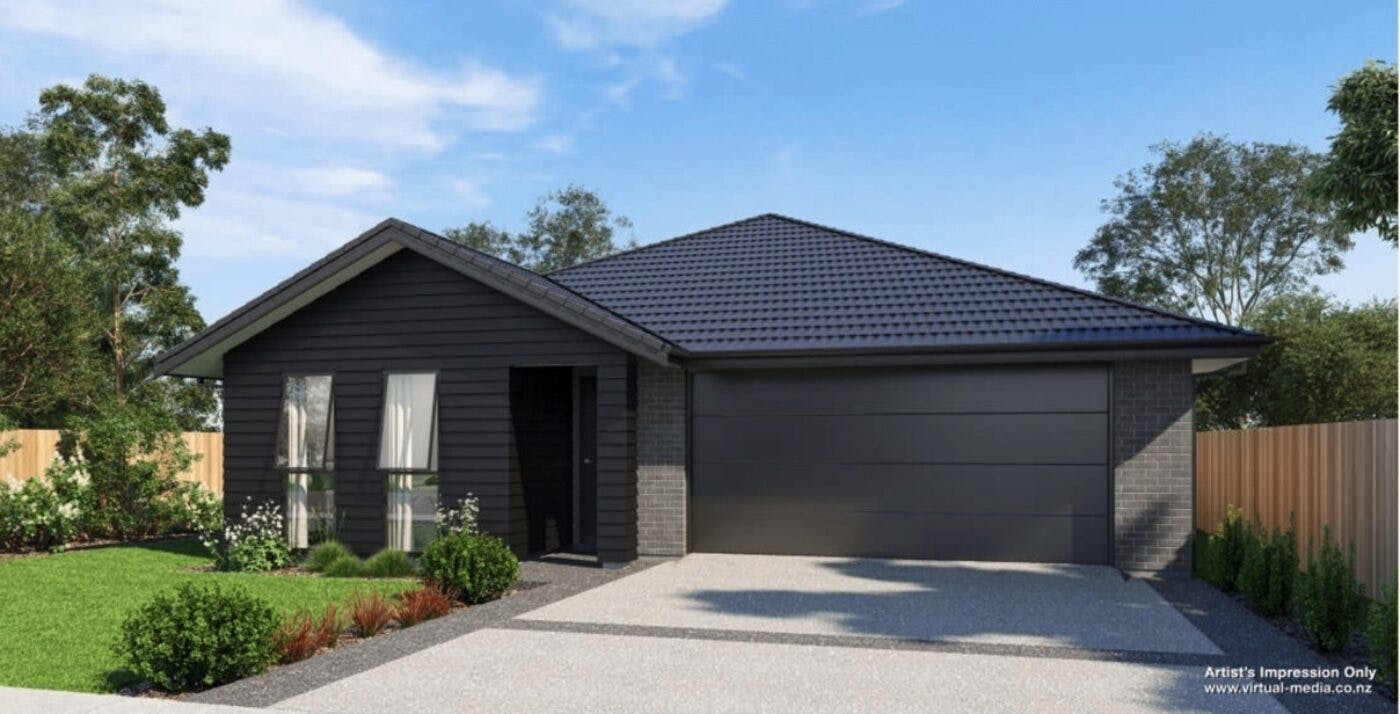
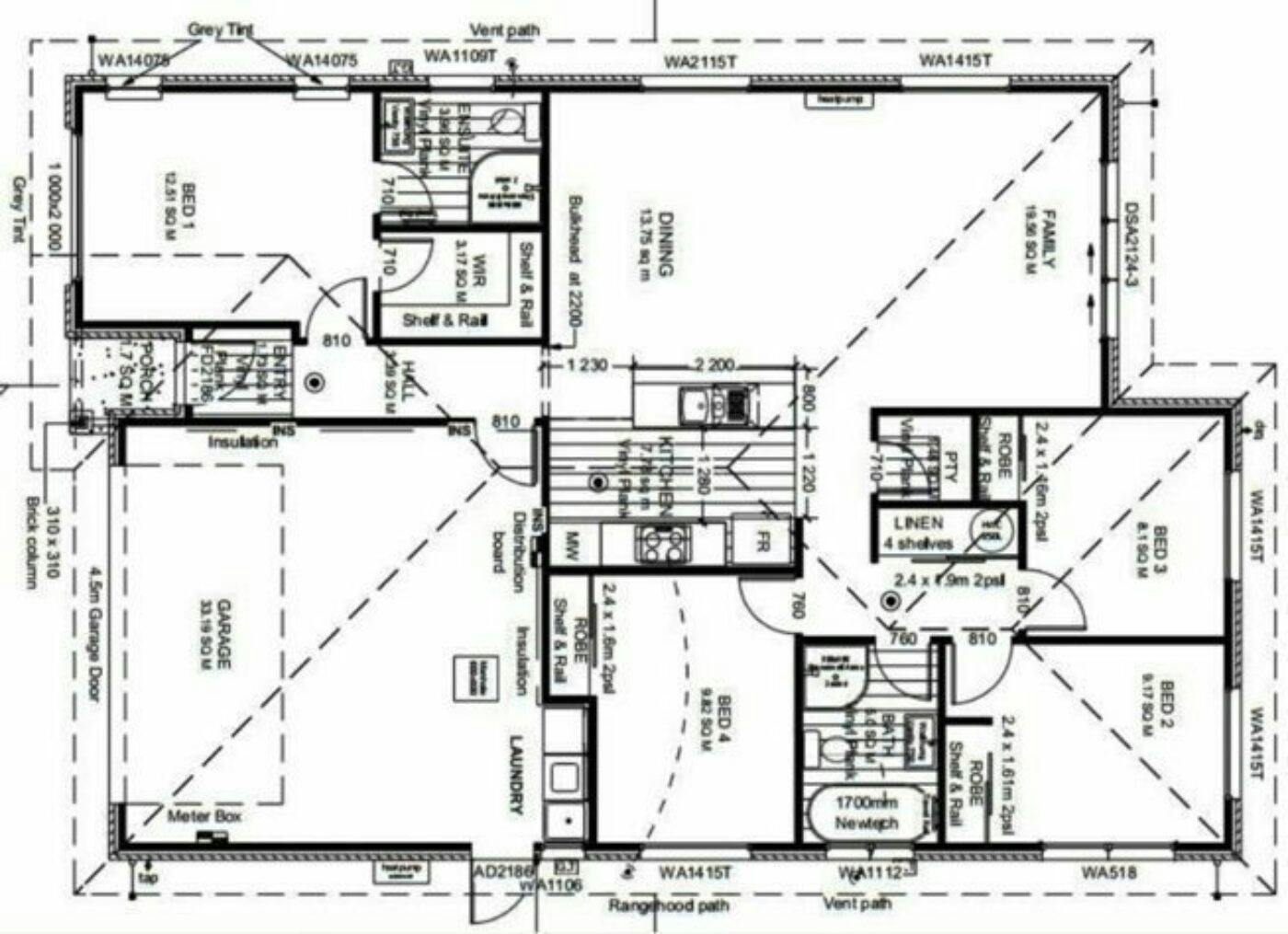
On the other hand, a yield property tends to be specifically configured to achieve high rents.
For example, a classic yield property might be a room-by-room rental. Let’s say it’s a four-bedroom property, each with its own self-contained en suite, and a small communal lounge and kitchen area. In this set-up living space is sacrificed for bedrooms.
Because the investor can rent each room separately to students or professionals, the result is a high yield. Great for an investor, but less attractive to an owner-occupier, who tends to want more living, kitchen and dining space.
Because they’re set up in this way they’re less appealing to owner-occupiers and are only attractive to investors.
Also, because this sort of property would only be bought by an investor for yield, the value of the property tends to grow in line with rental increases. This rate of growth is slower than house price growth.
Here’s an example of a high yielding property:
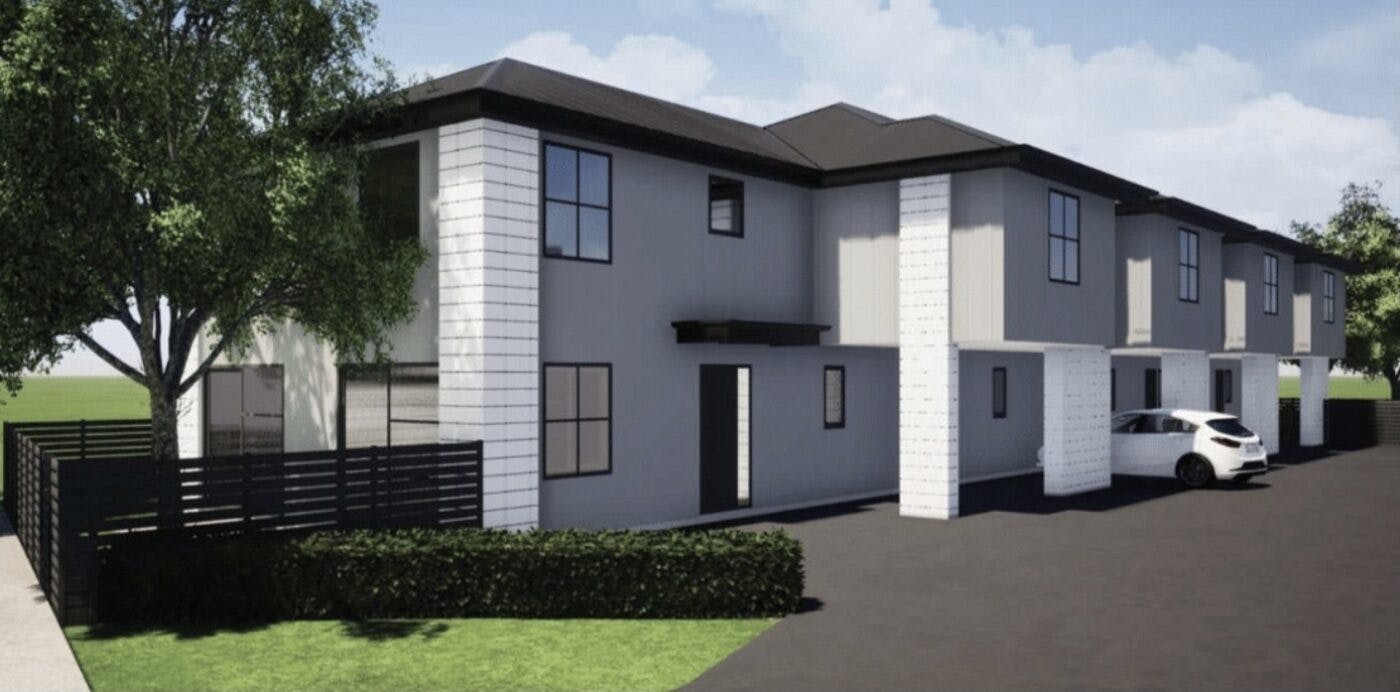
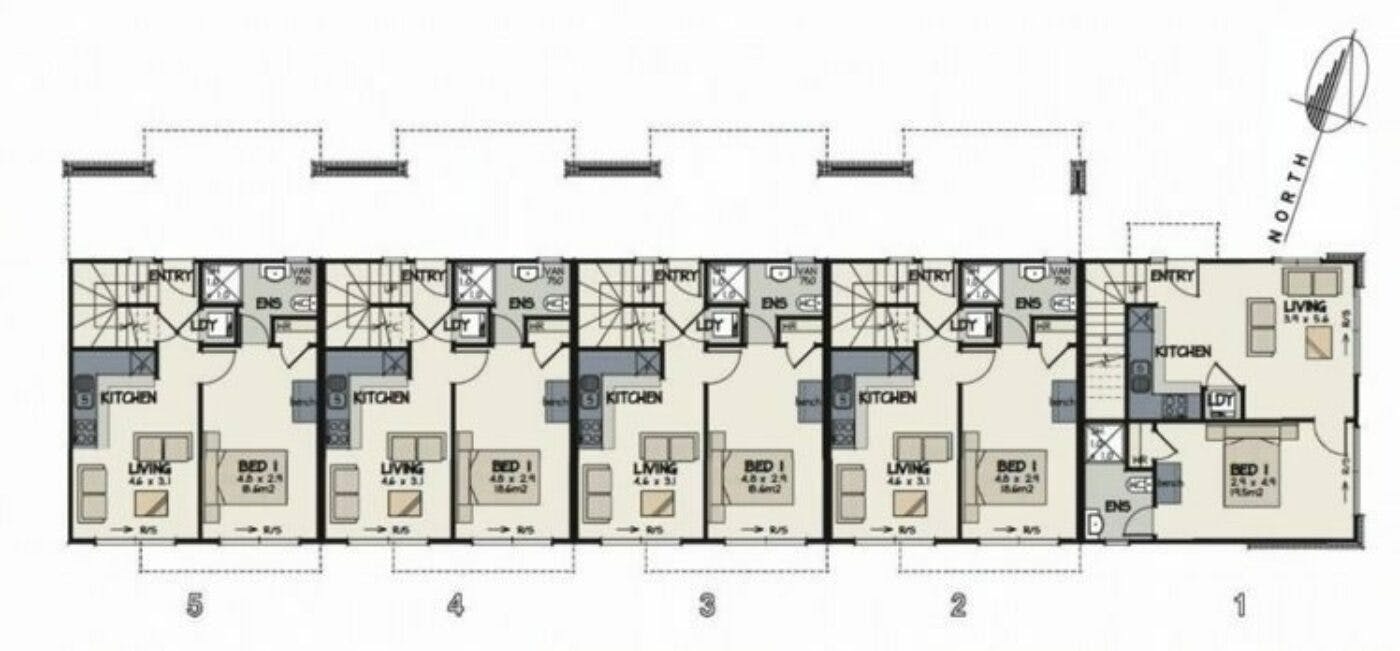
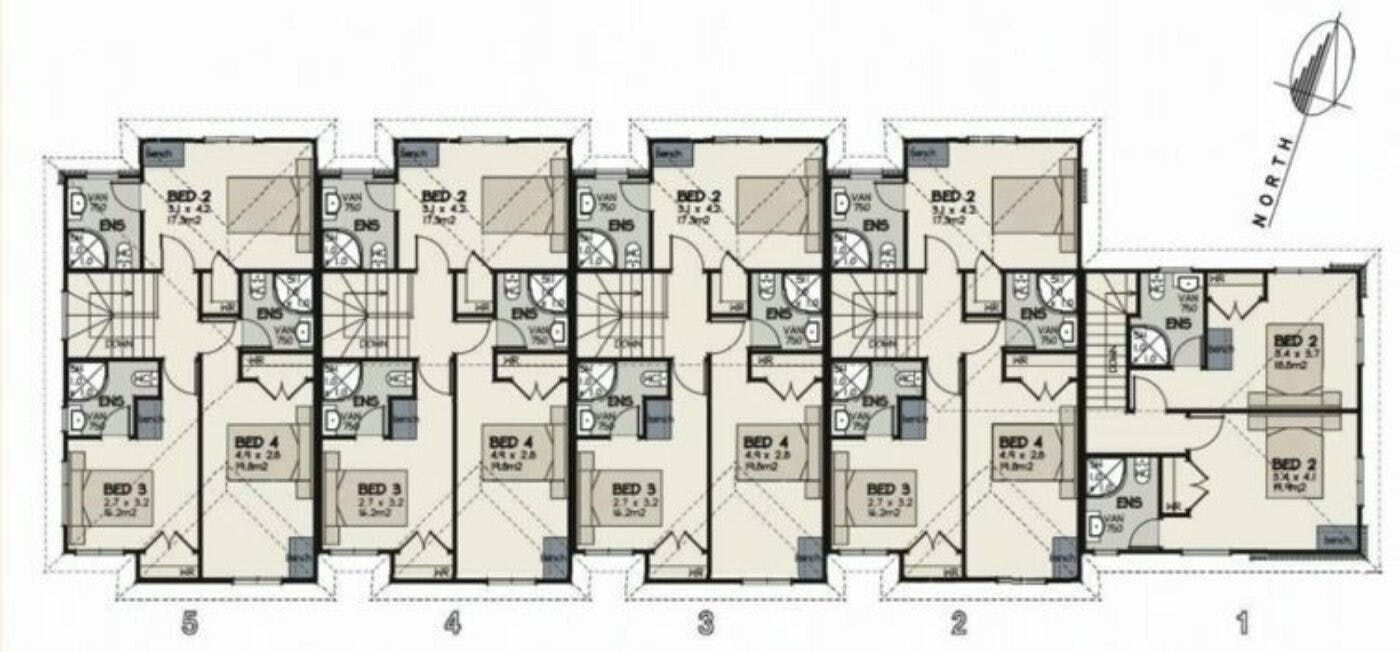
A growth property will provide a better return overall, but there is a trade-off. These properties are often negatively-geared in the interim, which means the investor often has to contribute money towards expenses that aren’t solely covered by a tenant’s rent.
This means the investor needs to “top-up” the bank account in order to cover mortgage and rental property costs. For example, $50 a week.
Here’s a look at how the numbers tend to stack up over a 15-year period if you are borrowing 100% of the money to invest in property:
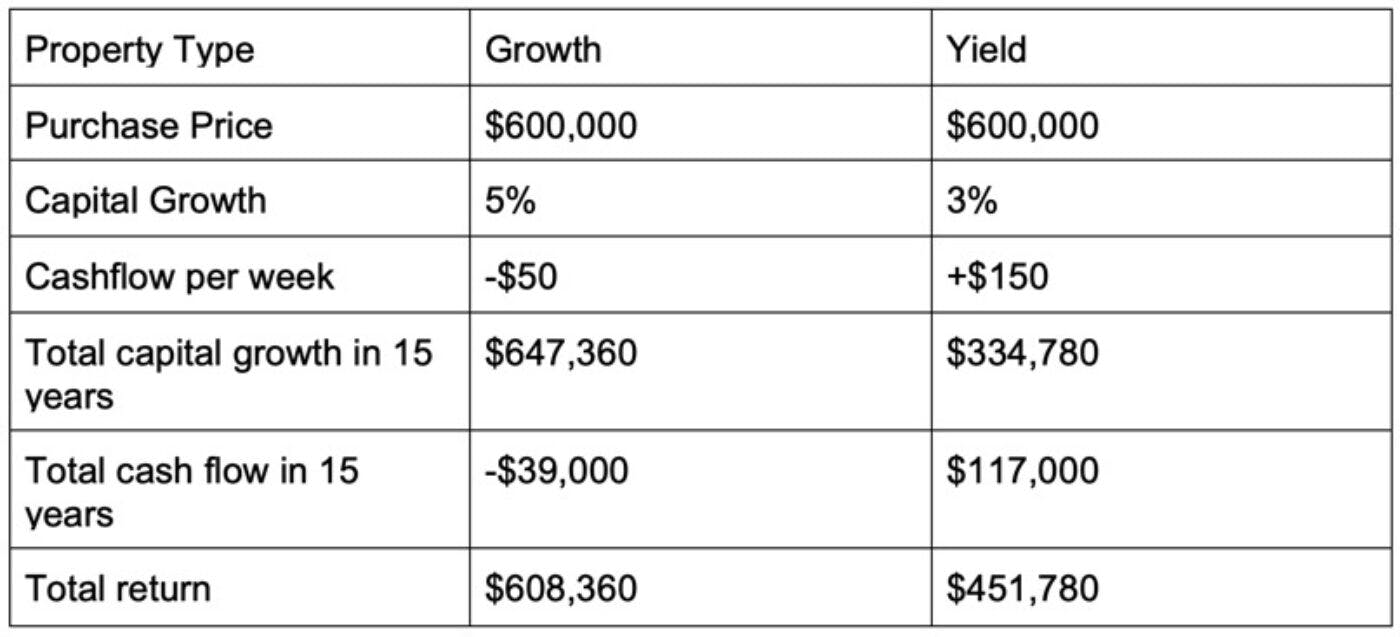
In this example, the growth property earned $156,580 (34.66%) more than the yield property.
Although the property lost $50 a week in cashflow, it made an average of $830 a week in capital growth (a net $780 gain per week).
In contrast, the yield property made $150 a week in cashflow, but only made an average of $429 a week in capital growth (a net $579 gain per week).
The type of property you choose will be influenced, and suited, to your stage in life.
In property investment, there tends to be two “stages of life”.
The first stage is where you are building up an asset base and growing your wealth.
People in this stage tend to be wealth-focussed, future-thinking singles and couples. They are, usually, 10 to 25 years away from retirement or from wanting a passive income.
Growth properties are better suited for these sorts of people.
Why? Because working professionals aren’t really concerned about taking immediate cashflow from their properties. They can afford to wait out the time it takes for capital growth to do its thing.
These investors will build a portfolio of growth properties, with the occasional yield property, to support cashflow of their portfolio.
The second stage of life is where you live off the proceeds of those assets you have built in the first stage.
So, someone at this stage is likely to be a near-retiree - someone who has already built up their assets over time and who already has a healthy amount of equity.
A portfolio consisting of yield properties are better suited for these sorts of people.
Why? Because these are the people wanting immediate cashflow, or want to live entirely off their portfolio. Often at this stage they’ll purchase a yield property without a mortgage (or a very low mortgage) and will be able to live off the rent from the property.
Here’s how the numbers tend to look when you buy a yield property without a mortgage:
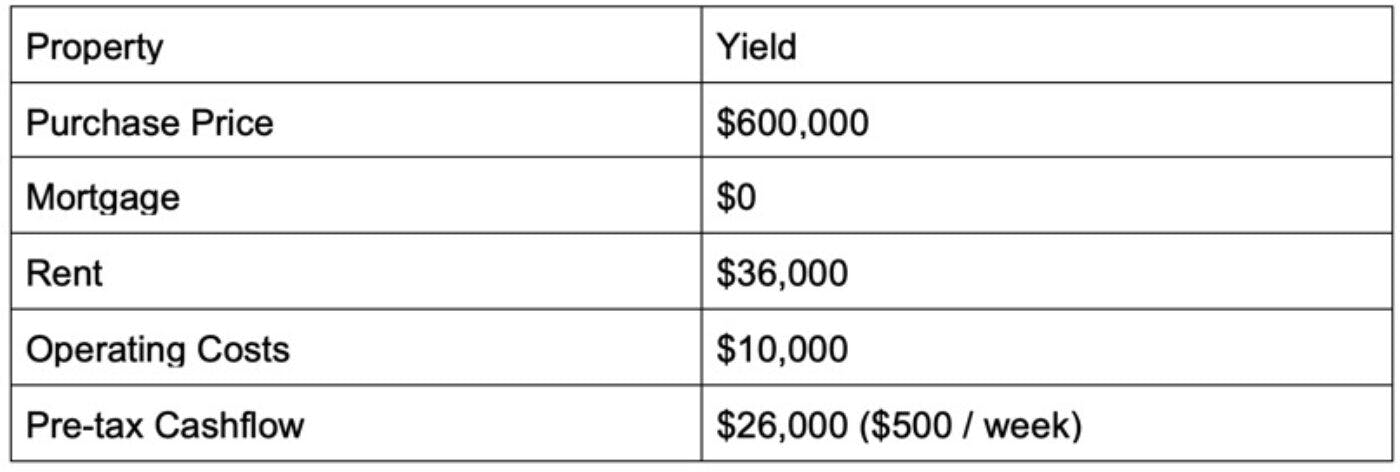
Once an investor is in a position to buy yield properties without a mortgage cashflow starts to look very attractive. A very comfortable retirement only takes 2 to 4 yield properties, which are fully paid off.
But investors need to start by building up their equity before moving on to the second stage. This is the reason investors will start out buying growth properties and then transition over to yield properties in time.
Property investment is about trade-offs. And there is a trade-off between getting really good capital growth and getting yield.
Simply put, if you are following a passive buy-and-hold strategy, you can’t have both.
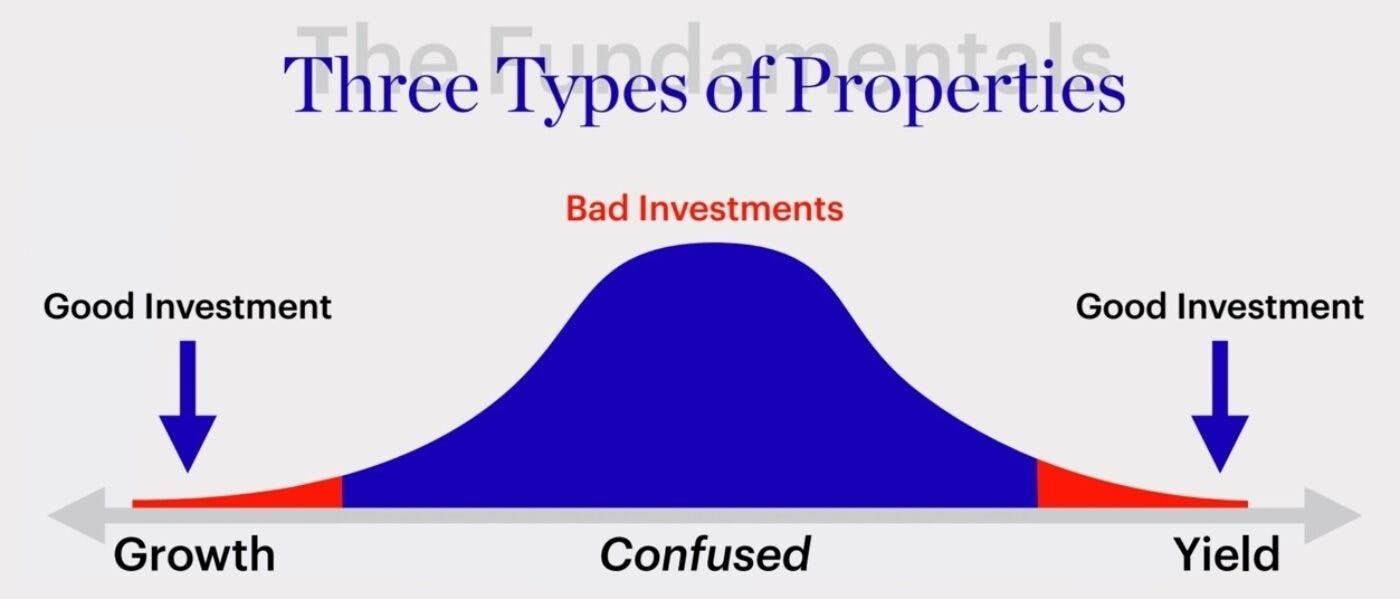
For example, consider the above chart.
On one side you’ll have high growth and on the other great yields, but each side sacrifices the other. What’s most important is you don’t end up in the middle - with properties that neither produce high growth or high yields.
But there is a way to get both if you build a portfolio consisting of both property types.
Let’s go through an example.
Say each growth property costs you $50 a week, and each yield property makes $150 a week.
If you’re in the first stage of life, where you are trying to build your wealth, you might purchase 1 yield property for every 3 growth properties. This way, your yield property is effectively paying the top-up for the growth properties.
This is what we’d call a GGGY (growth, growth, growth, yield) plan, because you would start by purchasing three growth properties and then compliment these with a yield property.
This is also sometimes known as a Wealth Wheel, see below.
Once investors start looking at properties they often want to know what sort of figures to aim for. For example, they’ll want to know what forecast to use for a good gross yield and capital growth rate.
In terms of growth properties, here at Opes we typically aim for a 4 to 4.75% gross yield. Depending on location, we would use a forecast capital growth rate between 5-6%.
Comparatively, we would be expecting a yield property to see a 5.5 to 6.5% gross yield and we’d tend to use a capital growth rate of 3 to 4%.
The reality is the right next property for you as a potential investor is going to be influenced by your age, current portfolio and personal investment goals.
Summed up simply, investors under the age of 55 (or more than 10 years from retirement) tend to focus on growth properties, with the occasional yield property added to their portfolio.
Those who have already built up a base of equity and are nearing the point where they want a passive income tend to focus on yield properties.

Journalist and Property Educator with six years of experience, holds a Bachelor of Communication (Honours) from Massey University.
Laine Moger, a seasoned Journalist and Property Educator with six years of experience, holds a Bachelor of Communications (Honours) from Massey University and a Diploma of Journalism from the London School of Journalism. She has been an integral part of the Opes team for two years, crafting content for our website, newsletter, and external columns, as well as contributing to Informed Investor and NZ Property Investor.